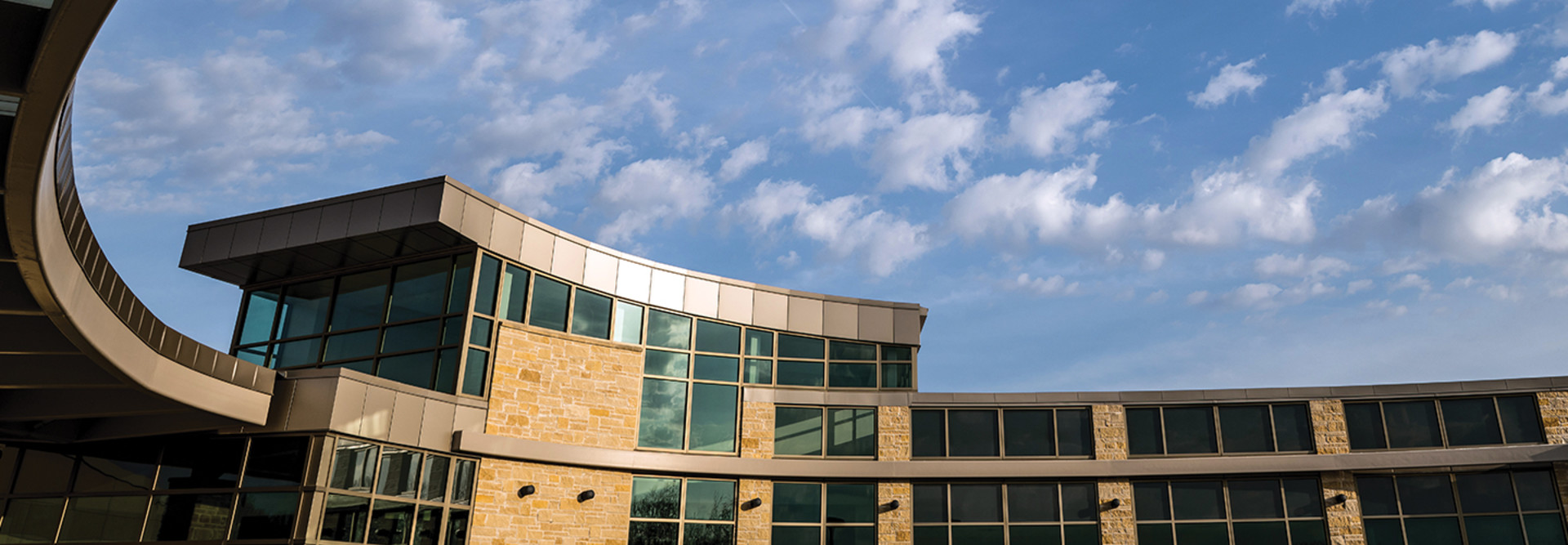“If you have an issue, you can’t just shut down your wireless system,” she says. “There’s no downtime for improving your network, so it can be tough work. And that requires a lot of upfront time thinking through what you need the network to do now, as well as planning for future capabilities.”
For this reason, healthcare organizations are implementing wireless functionality in layers. They often start with a goal of ensuring strong mobility, security and connectivity for clinician and patient phones and devices, but must also make sure to invest in the kind of robust underlying wireless infrastructure that can actually cut costs, streamline workloads for both the IT department and hospital staff, provide centralized visibility and meet future demands.
An Efficiency Play for Hospitals Looking to Improve Performance
Wireless continues to be an evolving capability for healthcare organizations, but not everyone is in the same place due to difficulties with older facilities, legacy IT and budget limitations, Bordenick says. “But the wireless technology that’s available now and that is coming is just incredible. The efficiencies you’re able to gain far outweigh the challenges,” she says.
Tahoe Forest Health System in Truckee, Calif., recently switched to a mobile-first healthcare network from Aruba so that its two hospitals and six specialty clinics could take advantage of cutting-edge healthcare capabilities. This includes connecting even more wireless medical devices and patient monitoring systems, as well as enabling wayfinding and other patient and clinician applications.
Jake Dorst, the organization’s CIO and chief innovation officer, says that financial considerations drove a lot of his decision-making. A key challenge with healthcare networks is that they must be upgraded every three to five years, depending on their end-of-life date.
“It’s not like we’re making widgets here and we can squeeze out a little more time from the components,” he says. “For security and regulatory reasons, we all have to upgrade our networks right on schedule, but that does get quite expensive."
Although the new network, which was implemented earlier this year, spreads across facilities in California and Nevada, Dorst and his team have complete insight into its 260 access points and 60 switches using Aruba’s ClearPass console. In addition, the network relies on the 802.1x authentication standard for greater security, as well as artificial intelligence and machine learning to automatically adjust for optimal performance.
“It’s all pretty easy to use, and we have that single pane of glass so we can manage everything from one spot and get visibility into the entire network,” Dorst says. “We are a small team, so this is going to save us time and free up resources so we can really start digging into the new features and setting up more automation, which will allow us to focus that much more of our time on other key IT areas and supporting our users.”









